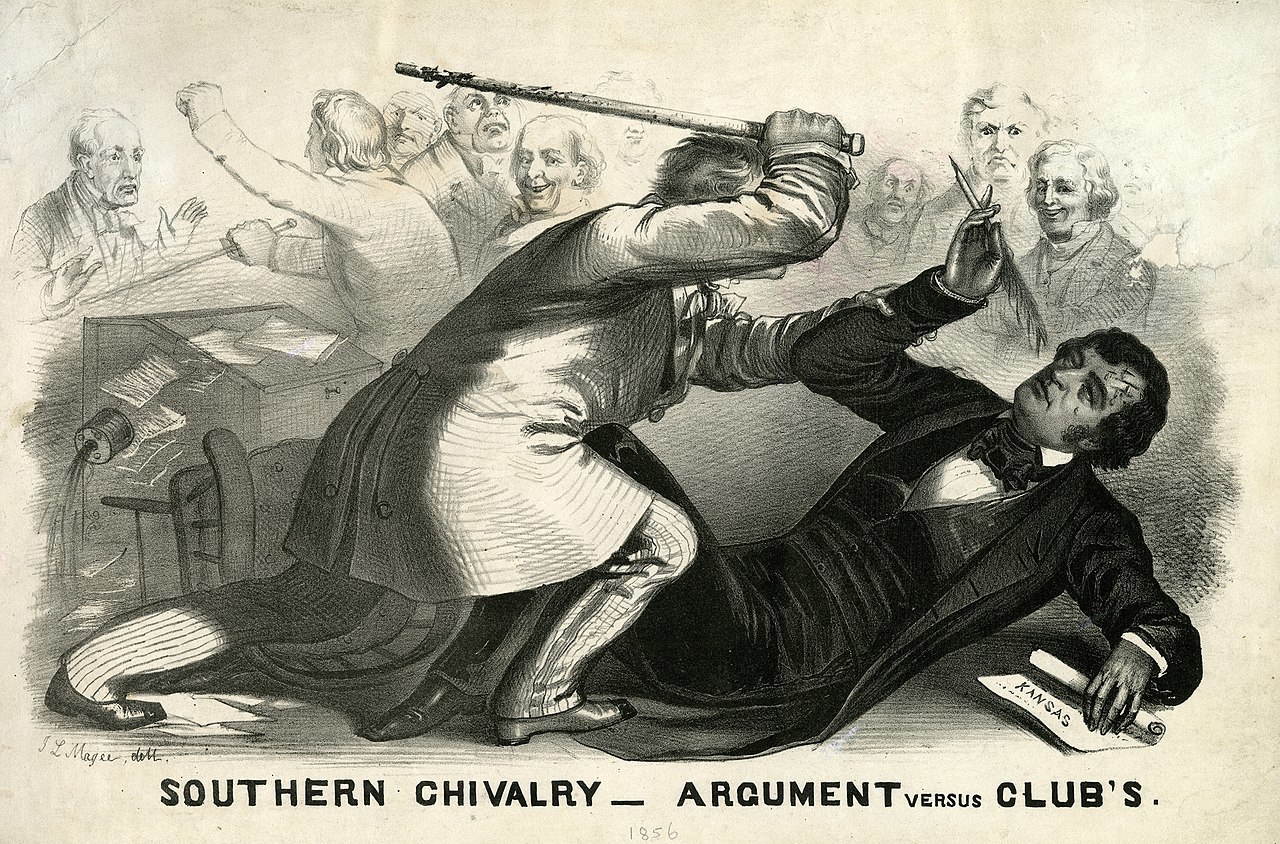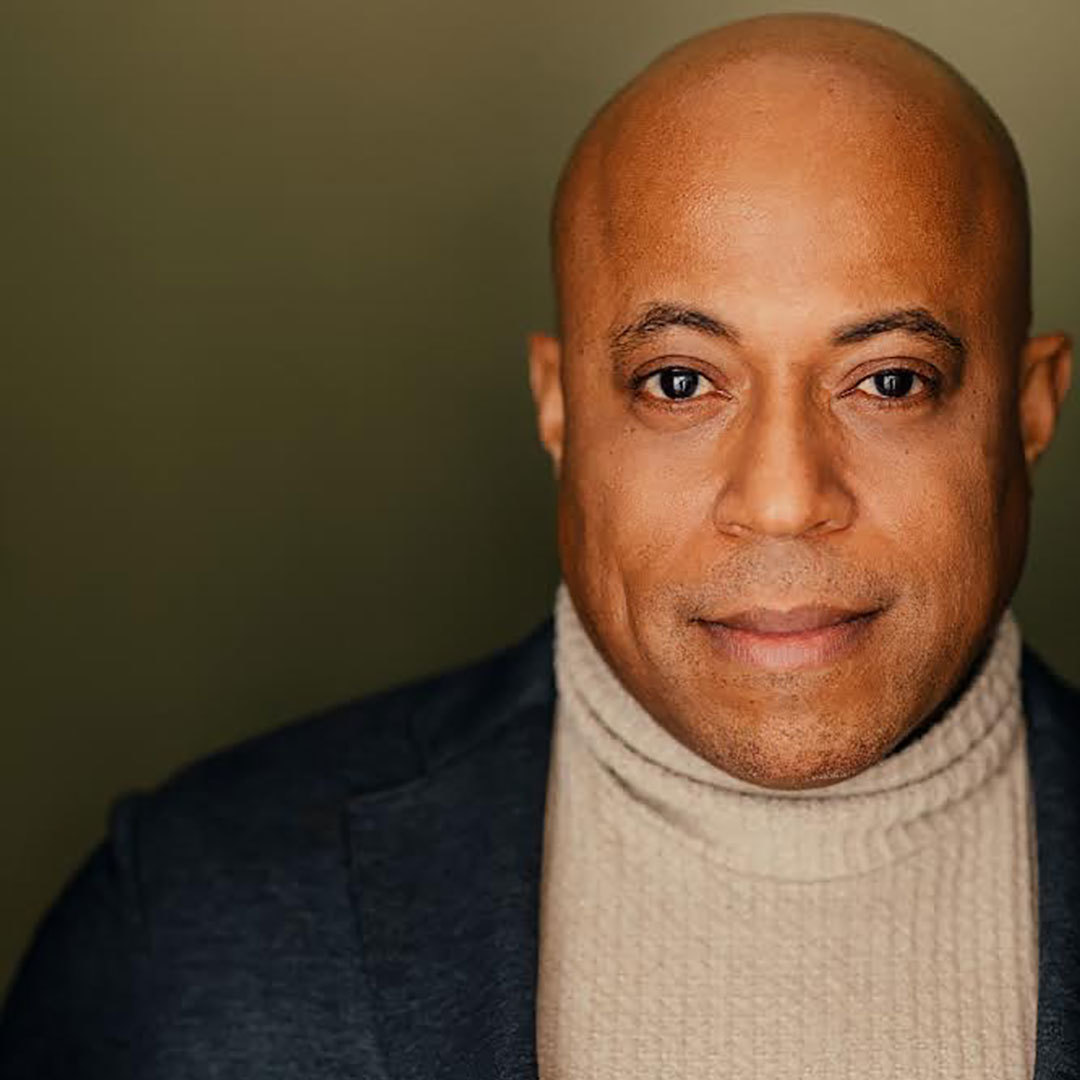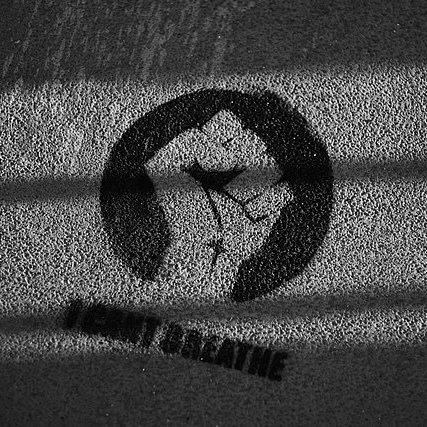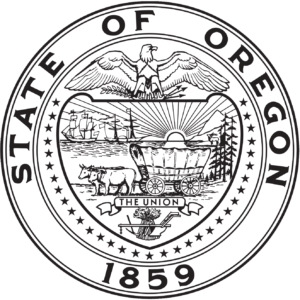Kansas: A Background of the Play's Setting

"Bleeding Kansas"
Most of Kansas became the property of the United States government through the Louisiana Purchase in 1803. When the territory was headed for statehood in 1954, as part of the country’s push to the West Coast, debate arose over whether the new state of Kansas would be admitted into the Union as a free or a slave state. White abolitionists began to settle the prairie, hailing mostly from New England. These abolitionists were called “Free Staters” and joined forces with a more militant anti-slavery group called the “Jayhawkers.” Afraid of what this could mean for the institution of slavery, Southern slaveholders and their supporters began to rush to settle the area. This led to several violent clashes between the two factions over the course of several years.
When a Free State stronghold called “Lawrence” was attacked by a pro-slavery militia in May of 1856, abolitionist John Brown and his gang of seven men — four of whom were his sons — stormed Pottawatomie Creek and killed five pro-slavery settlers. Just days before this event, Senator Charles Sumner of Massachusetts was beaten with a cane on the senate floor by Representative Preston Brooks of South Carolina during a debate over whether Kansas would be a free or slave state. All of the violence surrounding this issue led to the state getting the nickname, “Bleeding Kansas.” In 1861, Kansas was admitted into the Union as a free state, and three days later the Confederacy seceded from the Union, starting the Civil War.
Nicodemus
Due to the fame of “Bleeding Kansas,” the admission of Kansas as a free state, and the Emancipation Proclamation, many Black people saw Kansas as a safe place to settle. The state’s constitution made it clear that all people — regardless of race — were welcome and an early draft (which remained unratified) even granted Black men the right to vote. Before the Civil War, census records reported 343 Black Kansans; by 1870 there were 17,108, many of whom were formerly enslaved people fleeing the South.
In 1877, a group of Kentucky born Black folks formed the town of “Nicodemus” – named after the legendary enslaved man who had bought his own freedom. They advertised the town as “The Largest Colored Colony in America.” For years, the town seemed to prosper and grow, and successful harvests in the mid 1880s made it profitable, drawing in both Black and white business owners. However, when the railroad companies refused to lay tracks through Nicodemus, the town began to decline. The town, however, still exists, and in 1996 was designated a National Historic Site by Congress.
Beacon, Kansas
Beacon, Kansas is a fictional town but there is evidence that it may be situated around Kansas City.
- The playwright of the ripple, the wave that carried me home, Christina Anderson, was born and raised in Kansas City, Kansas.
- There are neighborhoods in Kansas City, MO, and Kansas City, KS, called Brookside and Beacon Hills.
There is a newspaper in Kansas City, MO, called The Beacon.
Portland Center Stage is committed to identifying & interrupting instances of racism & all forms of oppression, through the principles of inclusion, diversity, equity, & accessibility (IDEA).


















